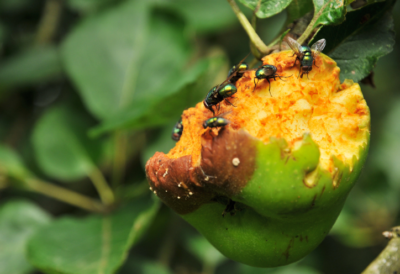Give us a call at (720)248-0000 for a free estimate on trees praying, weed control and tree fetilizing.
One of the most important elements of tree insect control is to monitor them. It’s essential to identify the infestations that you’re dealing with, and you want to do this
Protecting Against Significant Plant Injury
There are times that tree insects are good for plants. They can help to keep some of the other issues away. Some tree insects will eat the dying leaves to help with plant growth, or they can aid in preventing some fungi and other diseases reaching the trees. Allowing them to get out of control is where the problem lies.
Too many tree insects will lead to plant injury. The whole point of monitoring the pests is to ensure they remain at helpful levels. If they start to grow in dangerous ways, it’s important to take action right away. By monitoring the levels, you’ll be able to act before plant injury is sustained and irreparable. The last thing you want to do is recognize them and then ignore.
Getting the Right Tree Insects Control Tools
Identifying the tree insects is also important for control levels. You need to get the right pesticides or control tools to be able to deal with a situation. That means knowing the pests that you’re working with. If you use the wrong type of pesticide or herbicide, you end up causing more damage as you don’t get rid of the levels and you could harm the plants around you. You could also harm the more helpful bugs and creatures around.
When you identify the tree insects and the level of the problem, you can also estimate the potential damage. This will help you determine the cost of the pesticide application. You could even look at whether the use of the pesticide is even necessary.
You may find that controlling through other methods is much more beneficial for the plants and for your finances. If the damage is going to cost less than the pesticides, you’ll probably want to keep the pests and some of the benefits that they may be able to bring. This doesn’t mean you just ignore them, though. Monitor them to make sure the financial damage remains low.

